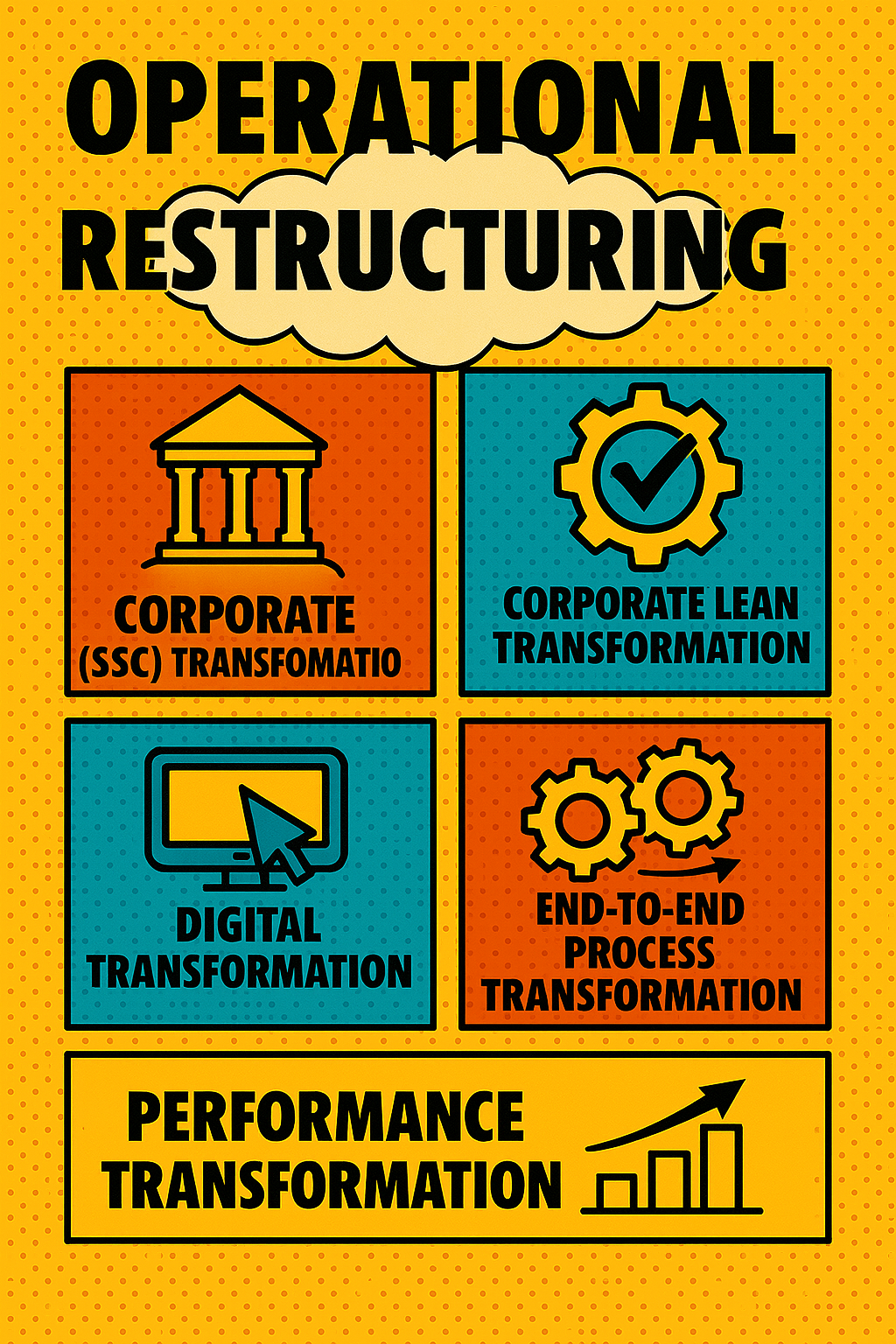💸 Many companies invest heavily in training and development programs.
The goal: motivate, develop, and retain employees.
But often, the results don’t match the investment. Why? Because many of these programs are planned without considering employees’ daily work. They’re too long, too theoretical, too far removed from what actually helps people. The result: they’re either seen as a passive duty – or even add stress because they take time people don’t have.
🚀 What has proven to be truly effective in my experience?
Short, hands-on formats – by employees, for employees.
For example: “Tips & Tricks” sessions for tools like Excel or PowerPoint – internally organized, voluntary, to the point (max. 30–45 minutes), and directly applicable.
💡 While studying in the U.S., I learned something surprising: “flatter” doesn’t always mean worse. The academic expectations were clearly lower than in Germany – but far more practical and easier to apply.
As soon as people feel, “Wow, this saves me time” or they’re simply happy to now do something better or more professionally – that’s a real motivation booster. For productivity, it’s often even more important than the learning effect itself. That’s the moment when training formats become genuinely productive and valuable.
The best part:
✅ Quick to implement
✅ Low cost
✅ Immediate value
✅ Virtually no impact on daily operations
✅ Higher acceptance and seen as a personal benefit
✅ Grows organically as quality spreads
So far, at every client where we introduced such a format, we’ve hit the participant capacity limit by the fourth session at the latest.
BUT:
⚡ The key is quality & relevance!
⚡ No “filler topics” and definitely no fluffy content
⚡ Ask employees – they know what’s truly useful
⚡ Only bring in “real pros” as speakers for each topic
⚡ Ideally offer cross-department / cross-location
⚡ NO mandatory attendance! If it’s good, capacity becomes the issue
The “scarcity” – limiting the number of participants based on actual availability – can even be a real advantage, especially in the beginning.
As with many things: slow is fast. It doesn’t take much effort, but it must be done properly and with structure. That includes defining processes for integrating the format, sourcing topics, logistics, etc., as well as clear communication.
#PerformanceImprovement #CorporateLearning #Productivity #Training #EmployeeDevelopment #NewWork





